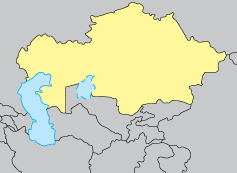Children of Kazakhstan
Realizing Children’s Rights in Kazakhstan
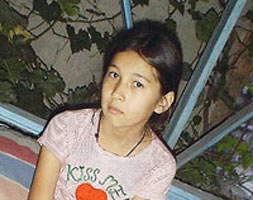
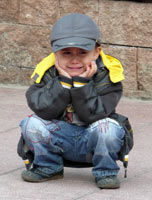
Over the past years Kazakstan’s economy has made great progress, helping to reduce poverty whilst also encouraging the development of social programs for children. In light of the current world economic crisis however, childrens’ vulnerability is rising again.
Population: 17,7 million Life expectancy: 66,5 years |
Main problems faced by children in Kazakstan:
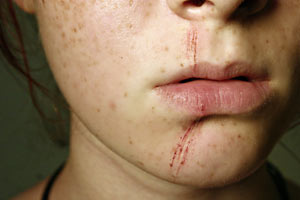 The prevention of abuse and sexual abuse remains insufficient and lacks professional attention. Such punishments are tolerated in foster homes, military schools and in the workplace. Schools are the only place in which corporal punishment is prohibited.
The prevention of abuse and sexual abuse remains insufficient and lacks professional attention. Such punishments are tolerated in foster homes, military schools and in the workplace. Schools are the only place in which corporal punishment is prohibited.
Although mistreatment is becoming rarer, it remains a regular occurrence in boarding schools, foster homes, prisons and detention centres.
Furthermore, children who are victims of such violence do not have easy access to adequate complaint mechanisms.
The situation of disabled children in Kazakhstan has improved thanks to the increased allocation of State funding to the issue and to the improved training of professionals, especially in community centres.
Nevertheless, numerous disabled children are automatically placed in mal-equipped boarding schools. Only one third of the country’s 153 000 disabled children have access to specialized teaching programmes.
Moreover, there is little awareness of specialized development and communication practices that can be used with disabled children. General information on the matter and special measures to help affected parents are also lacking.
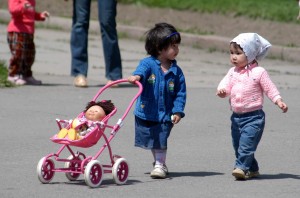 The State has instituted public health programmes to improve the conditions of babies and children. In spite of this effort, these programmes remain largely inaccessible and abide by a mediocre standard in rural areas. These programmes also carry higher rates of infant mortality.
The State has instituted public health programmes to improve the conditions of babies and children. In spite of this effort, these programmes remain largely inaccessible and abide by a mediocre standard in rural areas. These programmes also carry higher rates of infant mortality.
Parallel to the promotion of a healthy lifestyle, adolescents continue to be victims of drug, alcohol and tobacco consumption. Sadly, there are also no structures to help young pregnant women.
The level of HIV/Aids contamination remains relatively low but it is rising at an alarming rate. Transmission from an HIV positive mother to her child is primarily to blame, as is intravenous drug use, mainly due to the significant amount of Heroin that is trafficked in the country.
Education and Hobbies
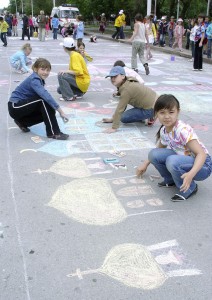 The quality of teaching is improving thanks to an increase in State funding and to the extension of obligatory schooling.
The quality of teaching is improving thanks to an increase in State funding and to the extension of obligatory schooling.
Free schooling however remains an exception and the quality of education differs across regions.
Access to the internet is improving and is helping raise educational levels. However the dangers linked to inappropriate content and to certain media are not regulated enough.
Refugee children often live in highly precarious conditions with no special assistance accorded to them. Access to health care and education is rare and these children are rarely officially registered.
Numerous children are also abandoned or neglected by their families, often because the family is not able to support them or due to the lack of personnel and organizationsqualified to assist them.Conditions within State homes are difficult and we note that refugee children are not always separated from children with criminal records.
Too many children still live in the street, mainly in large cities. They are often faced with economic or sexual exploitation, against which they have no protection.
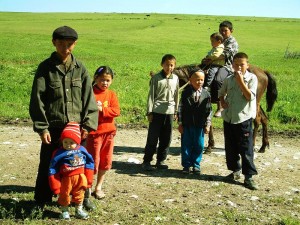 Legislation governing the work of children protects them from the worst conditions.
Legislation governing the work of children protects them from the worst conditions.
Nevertheless, due to the lack of official inspections or enforcement from authorities, children remain a major part of the labor force within the tobacco and cotton industries and are often used as house servants.
Sexual exploitation, prostitution and trafficking
Many children in precarious situations are engaged as sex workers, often from a very young age. In this way, they are subject to grave and traumatizing work. What’s more, judicial action in this domain is rare and public awareness low.
Child traffickingremains a recurring problem despite public awareness campaigns and the adoption of laws that specifically prohibit trafficking. Care for trafficked children is insufficient and children from foreign countries are rarely repatriated.
The justice system concerning minors is currently being reformed, but the process is slow. In any event, there is a lack of judges and specialized tribunals for children. Detention conditions are very poor and the depravation of liberty is preferred over education programs that preserve contact with the child’s family.
Although major efforts have been made to fight discrimination, terms such as « handicapped » and « illegitimate child » are regularly used in legislation and official documentation.
Best interest of the child
The principle of the best interest of the child is not always taken into consideration in judicial provisions, nor in other projects, programmes or services that directly or indirectly affect children.This problem is especially true concerning the most vulnerable children.A child’s opinion is rarely taken into consideration and public awareness relating to the persistence of traditional yet detrimental cultural practices is also low.


